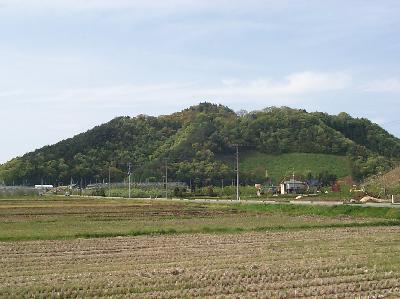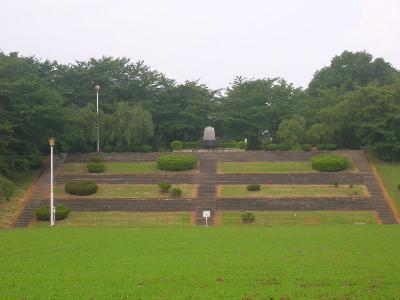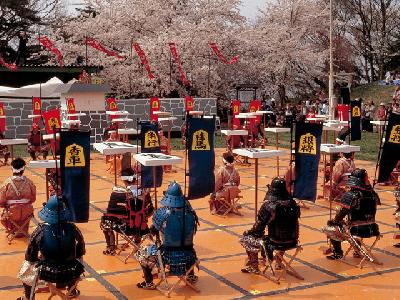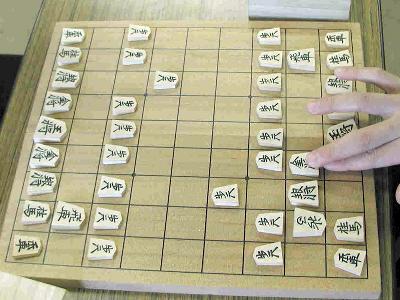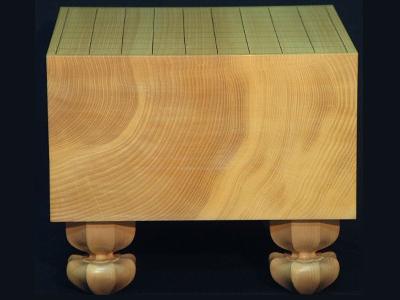|
The remains of Tendo Castle (also known as Maizuru Castle) are located in Kitame, Tendo, in Yamagata Prefecture.
Tendo Castle was known as a natural stronghold because of its location on the summit of a mountain, enclosed by rigid cliffs on all sides and with a swamp to its north. Whoever wanted to reach the castle had to climb up a very steep slope.
The castle is said to have been built in 1375 by Mogami Yorinao, who had the Tendo family build it on Mt Maizuru. The Tendo family bravely fought against Mogami Yoshimitsu, who strove to unify Dewa, however, over two generations they were defeated, leading to the eventual downfall and collapse of Tendo Castle in 1584.
The Tendo clan, deprived of the power and respect it once had, fell into a dismal state. By the time the Oda family moved to Teno in 1830, the Tendo clan were engaged as craftsmen making pieces for the game of shogi.
At the end of the Edo period, the karo (top-ranking samurai officials and advisors in service to the daimyo of feudal Japan) encouraged the hanshi (vassals of the Daimyo) to make pieces for shogi as well.
The castle ruins became the Mt Maizuru park, and the Atago shrine, which Yoshiaki built at the ruins after his victories still remain here. Every year in April, an interesting event takes place on Mr Maizuru called 'human shogi'. Professional shogi players become the actual game pieces.
Tendo Castle is a historic spot, now famous as the town of Shogi.
Tendo Castle was known as a natural stronghold because of its location on the summit of a mountain, enclosed by rigid cliffs on all sides and with a swamp to its north. Whoever wanted to reach the castle had to climb up a very steep slope.
The castle is said to have been built in 1375 by Mogami Yorinao, who had the Tendo family build it on Mt Maizuru. The Tendo family bravely fought against Mogami Yoshimitsu, who strove to unify Dewa, however, over two generations they were defeated, leading to the eventual downfall and collapse of Tendo Castle in 1584.
The Tendo clan, deprived of the power and respect it once had, fell into a dismal state. By the time the Oda family moved to Teno in 1830, the Tendo clan were engaged as craftsmen making pieces for the game of shogi.
At the end of the Edo period, the karo (top-ranking samurai officials and advisors in service to the daimyo of feudal Japan) encouraged the hanshi (vassals of the Daimyo) to make pieces for shogi as well.
The castle ruins became the Mt Maizuru park, and the Atago shrine, which Yoshiaki built at the ruins after his victories still remain here. Every year in April, an interesting event takes place on Mr Maizuru called 'human shogi'. Professional shogi players become the actual game pieces.
Tendo Castle is a historic spot, now famous as the town of Shogi.
| [+ADDRESS] | 
|

